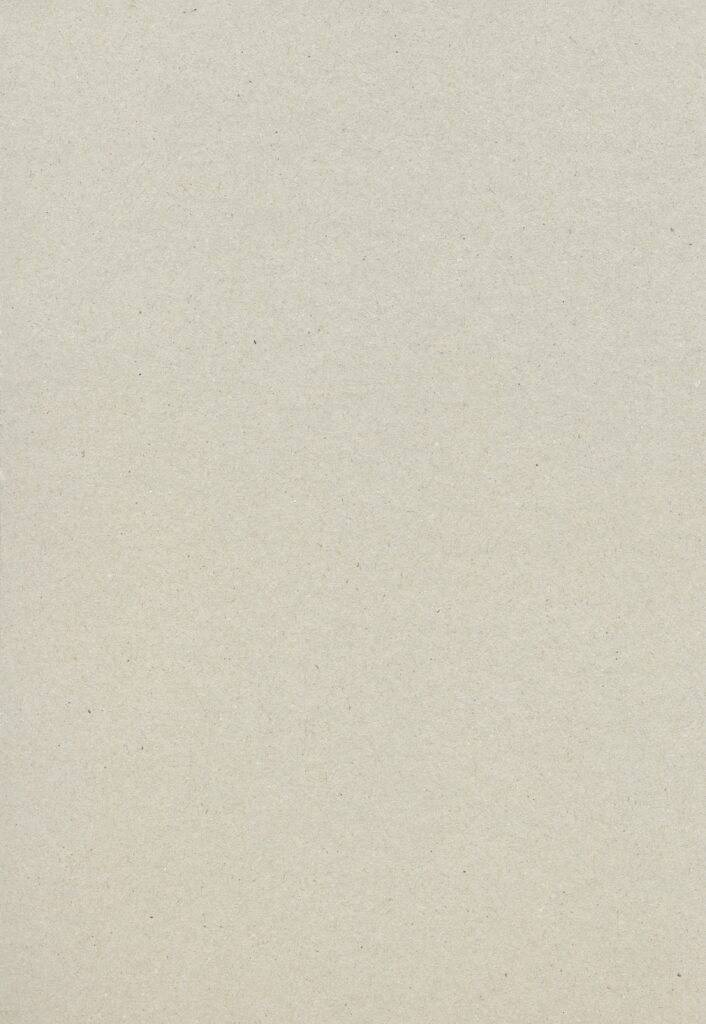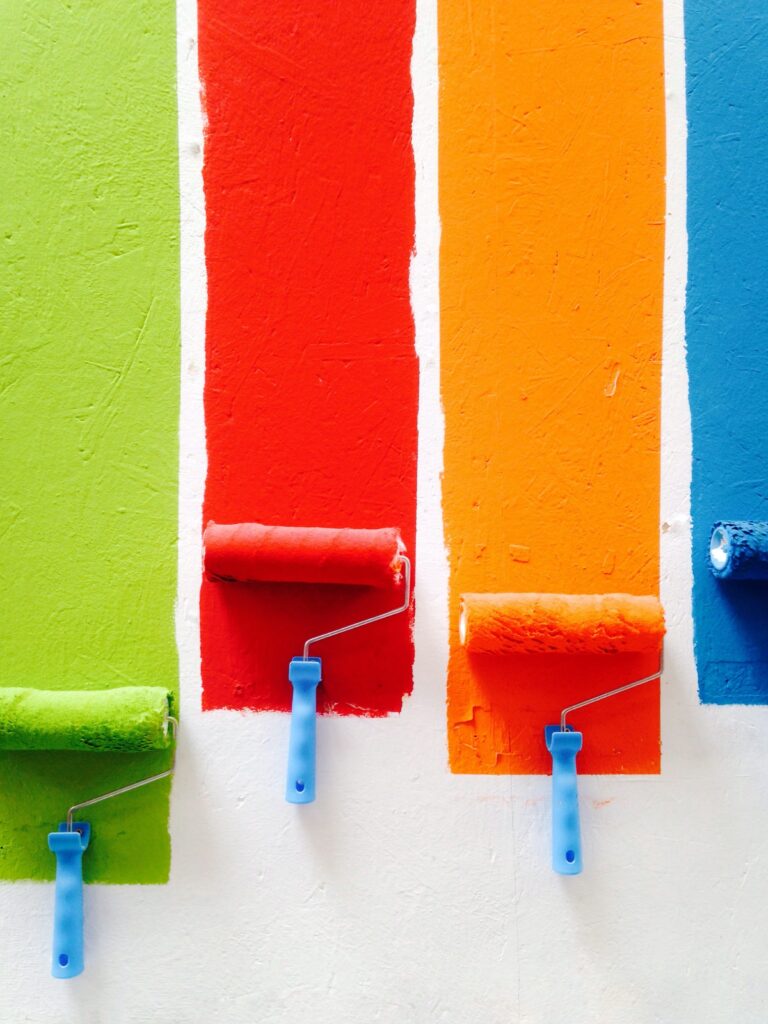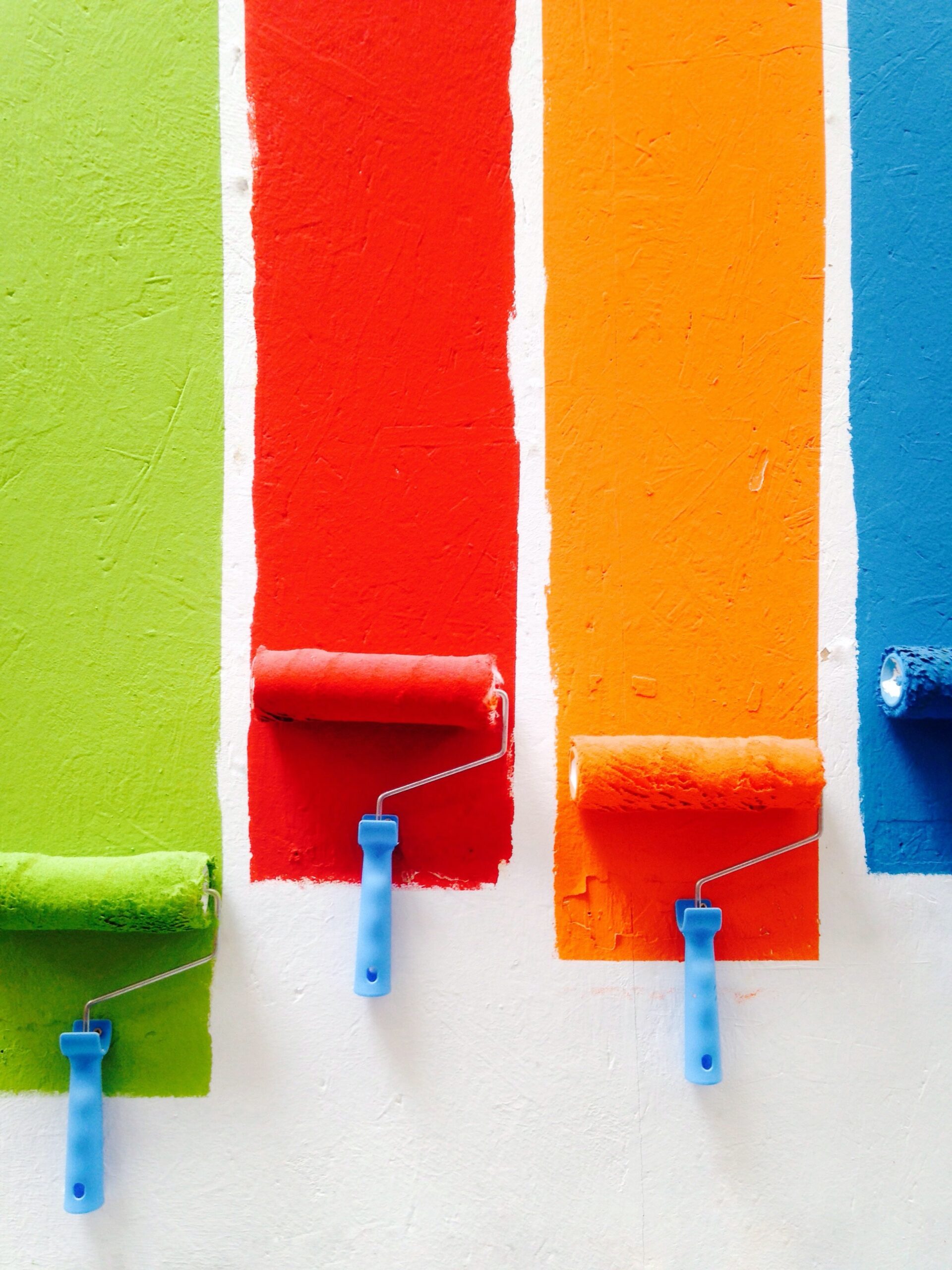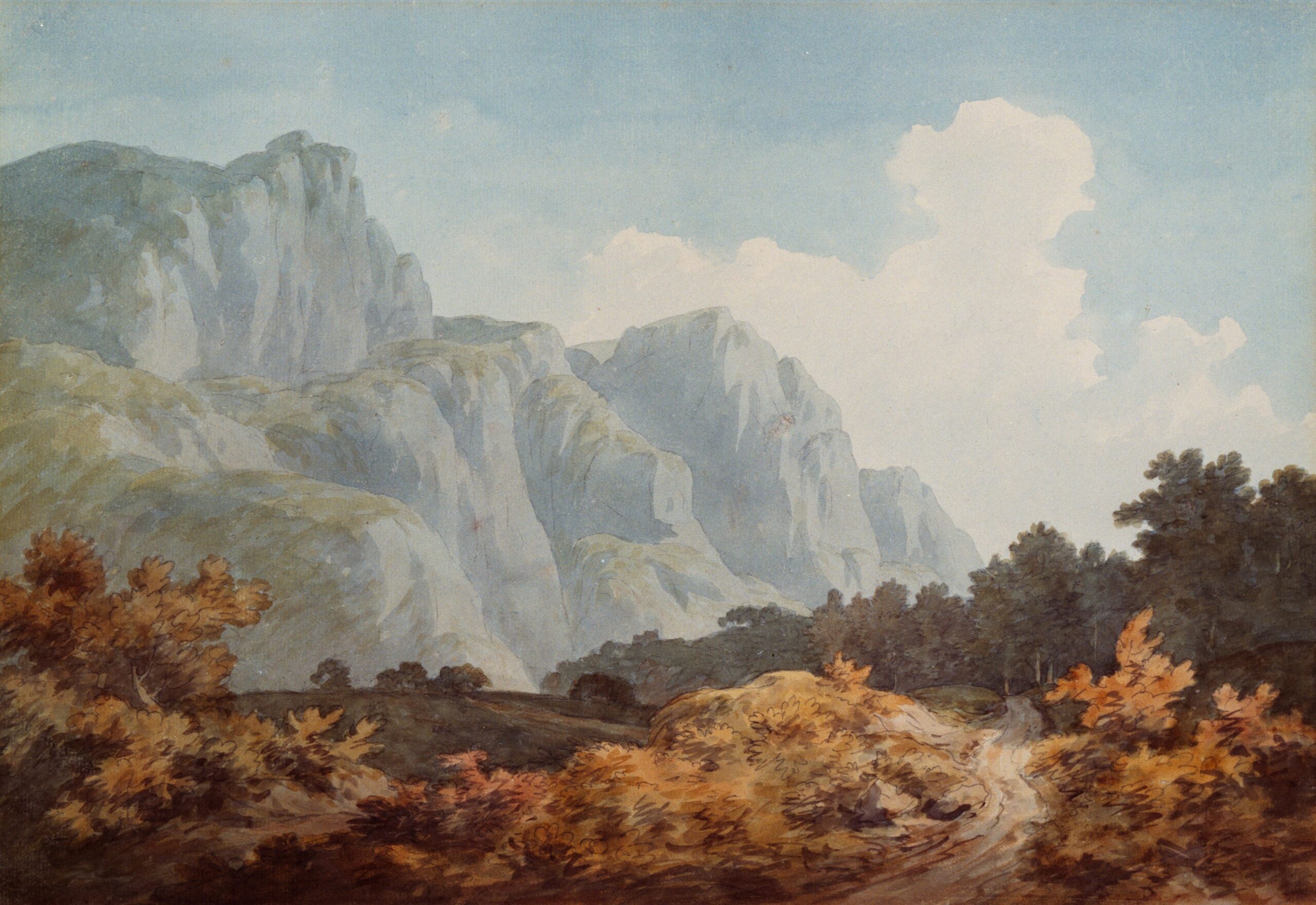Have you ever wondered if you can use acrylic paint on sketchbook paper? Well, the answer to that question is a resounding yes! Acrylic paint is a versatile medium that can be used on a variety of surfaces, including sketchbook paper. Whether you’re a beginner or a seasoned artist, using acrylic paint on sketchbook paper opens up a world of possibilities for your artwork. In this article, we will explore the benefits and considerations of using acrylic paint on sketchbook paper, providing you with all the information you need to create vibrant and long-lasting masterpieces. So, grab your sketchbook and let’s dive into the world of acrylic painting!
Understanding Acrylic Paint
What is acrylic paint?
Acrylic paint is a versatile and popular medium used by artists and hobbyists alike. It is a type of water-based paint that consists of pigment particles suspended in an acrylic polymer emulsion. One of the main advantages of acrylic paint is its quick drying time, allowing artists to work efficiently and create multiple layers on their artwork. Additionally, acrylic paint provides vibrant and long-lasting colors, making it a preferred choice for many artists.
Characteristics of acrylic paint
Acrylic paint has several unique characteristics that make it well-suited for various art projects. Firstly, it is known for its flexibility and durability. Once dried, acrylic paint forms a water-resistant and flexible surface, making it less prone to cracking or flaking compared to other types of paint. Acrylic paint is also highly pigmented, which means that a little goes a long way. Artists can achieve vibrant and intense colors by using a small amount of paint and diluting it with water to create lighter shades. Moreover, acrylic paint is versatile and can be used on a wide range of surfaces, including sketchbook paper, canvas, wood, and more.
Types of Sketchbook Paper
Different types of sketchbook paper
Sketchbook paper comes in various types and weights, each offering unique qualities that cater to different artistic preferences. Some commonly used types of sketchbook paper include:
-
Smooth Paper: Smooth sketchbook paper has a fine texture, allowing for precise lines and detailed drawings. It is ideal for artists who prefer working with pencils, pens, or ink-based mediums.
-
Medium Tooth Paper: Medium tooth sketchbook paper has a slightly rough texture, providing a good balance between detail and texture. It is suitable for various mediums, including graphite, charcoal, and colored pencils.
-
Heavyweight Paper: Heavyweight sketchbook paper is thicker and more durable, making it suitable for wet media such as watercolors or acrylic paint. It can handle multiple layers and resist warping or buckling.
Choosing the right sketchbook paper
Selecting the appropriate sketchbook paper depends on the type of artwork you plan to create. Consider the following factors when choosing the right sketchbook paper for acrylic paint:
-
Paper Weight: Opt for heavier paper with a weight of at least 140 pounds or more. This ensures that the paper can withstand the moisture and weight of acrylic paint without warping or deteriorating.
-
Paper Texture: While a smoother surface allows for precise lines and details, a slightly textured paper can add depth and interest to your acrylic paintings. Experiment with different textures to find one that complements your style and desired effects.
-
Absorbency: Sketchbook paper with moderate absorbency is preferable for working with acrylic paint. It should be able to hold the paint without excessive bleeding or smudging.

This image is property of images.unsplash.com.
Compatibility of Acrylic Paint and Sketchbook Paper
Considerations for using acrylic paint on sketchbook paper
Acrylic paint is generally compatible with sketchbook paper, but there are a few important considerations to keep in mind:
-
Bleeding and Transference: Acrylic paint can bleed through thin or low-quality sketchbook paper, resulting in colors and marks transferring to subsequent pages. To avoid this, choose heavier-weight paper or use a barrier sheet between pages if necessary.
-
Absorbency: Sketchbook paper with high absorbency may cause acrylic paint to dry too quickly, making it challenging to blend or manipulate the colors. It is best to choose a paper with moderate absorbency that allows for better control over the painting process.
Potential issues with using acrylic paint on sketchbook paper
While acrylic paint is compatible with sketchbook paper, there are a few potential issues you may encounter:
-
Surface Texture: Some sketchbook papers have a more pronounced texture, which might affect the smoothness of your acrylic paint application. It is essential to consider how the paper texture will impact your desired artistic style and techniques.
-
Paper Durability: Acrylic paint can be slightly abrasive, and repeated brushstrokes or heavy layering may cause the paper fibers to break or deteriorate over time. Using a thicker and heavier paper can help mitigate this issue.
Preparing Sketchbook Paper for Acrylic Painting
Surface preparation
Before applying acrylic paint to your sketchbook paper, it is wise to prepare the surface to ensure optimal results. Follow these steps for surface preparation:
-
Clean the Surface: Remove any dirt, dust, or debris from the paper by gently wiping it with a clean, dry cloth or brush.
-
Smooth the Surface: If desired, lightly sand the paper’s surface with fine-grit sandpaper to create a smoother texture.
-
Apply a Primer: Apply a coat of acrylic gesso primer to the paper to create a barrier between the paint and the paper. This helps improve paint adhesion and prevents the paint from absorbing into the paper fibers.
Priming the paper
Priming the sketchbook paper with acrylic gesso is an essential step for ensuring the longevity and vibrancy of your acrylic paintings. Follow these steps to prime your paper:
-
Choose a Primer: Select an acrylic gesso primer specifically formulated for paper. This type of primer adheres well to paper fibers and provides a suitable surface for acrylic paint.
-
Apply the Primer: Use a wide flat brush to apply an even layer of primer to the entire surface of the sketchbook paper. Allow the primer to dry completely according to the manufacturer’s instructions.
-
Optional Multiple Coats: If desired, apply additional coats of primer to create a smoother and more absorbent surface. Allow each coat to dry before applying the next.

This image is property of images.unsplash.com.
Techniques for Using Acrylic Paint on Sketchbook Paper
Surface application techniques
acrylic paint offers various surface application techniques to achieve different effects on sketchbook paper:
-
Brush Application: Use different brush sizes and strokes to apply acrylic paint to the sketchbook paper. Experiment with dry brushing for textured effects or layering thin washes for a smoother appearance.
-
Palette Knife Application: Palette knives can create interesting and bold textures. Apply thick, impasto-style strokes by manipulating the paint with a palette knife. This technique adds depth and dimension to your artwork.
Layering and blending techniques
acrylic paint is ideal for layering and blending, allowing artists to achieve depth and complexity in their artwork. Try these techniques:
-
Wet-on-Wet: Apply wet paint onto wet paint to create soft and blended transitions between colors. This technique works best with a slightly absorbent paper that allows the colors to flow and blend seamlessly.
-
Dry Brushing: Use a dry brush and minimal paint to create textured and highlighted areas. This technique is useful for adding detail and texture to your acrylic paintings.
Drying and Curing Acrylic Paint on Sketchbook Paper
Drying time
Acrylic paint has a relatively fast drying time, which is one of its advantages. The drying time can vary depending on various factors, such as the thickness of the paint layers, humidity, and temperature. Generally, acrylic paint dries to the touch within 20-30 minutes and is fully dry within 24 hours.
Curing process
While acrylic paint may dry quickly, it takes longer to cure completely. The curing process can take up to several weeks or even months, depending on the thickness of the paint layers. During this time, the acrylic polymer undergoes a chemical reaction, forming a durable and permanent film. It is important to handle and protect the artwork with care during the curing process to avoid smudging or damaging the paint.

This image is property of images.unsplash.com.
Protecting and Preserving Acrylic Paint on Sketchbook Paper
Varnishing the artwork
To protect and enhance the longevity of your acrylic paintings, consider applying a varnish once the paint is fully dry and cured. Varnishing provides a protective layer that guards against dust, UV damage, and other environmental factors. Follow these tips when varnishing acrylic paint on sketchbook paper:
-
Choose an Acrylic Varnish: Select an acrylic varnish specifically designed for acrylic paintings. This ensures compatibility and long-lasting protection.
-
Apply Thin Layers: Use a soft brush to apply thin and even layers of varnish, allowing each layer to dry completely before applying the next. This prevents the varnish from becoming tacky or uneven.
Ensuring longevity
To ensure the longevity of your acrylic paint on sketchbook paper, follow these guidelines:
-
Store Properly: Keep your acrylic paintings in a cool, dry place away from direct sunlight, humidity, and extreme temperature changes. This helps prevent color fading and deterioration.
-
Protect from Physical Damage: Use acid-free sleeves or protective sheets to prevent scratches or smudges on your acrylic artwork. Handle the artwork gently to avoid bending or tearing the paper.
Alternatives to Acrylic Paint on Sketchbook Paper
Watercolor paint
Watercolor paint is another versatile medium that works well on sketchbook paper. It offers transparent and vibrant colors, allowing for beautiful washes and delicate blends. While watercolor has its unique characteristics, it can be a suitable alternative to acrylic paint if you prefer a more translucent and fluid painting style.
Gouache paint
Gouache paint is similar to watercolor but has a higher pigment concentration and an opaque finish. It provides a more solid and vibrant color coverage compared to watercolor. Gouache works well on sketchbook paper and offers the versatility to achieve both transparent and opaque effects. Consider using gouache if you prefer a more matte and solid appearance in your artwork.
Tips for Successful Acrylic Painting on Sketchbook Paper
Use the right amount of paint
When working with acrylic paint on sketchbook paper, it is essential to find the right balance and consistency of paint. Use a palette or mixing tray to control the amount of paint and water you mix. Start with smaller amounts and gradually increase as needed. Using too much paint can lead to over-saturation and longer drying times, while using too little may result in uneven coverage.
Experiment with different techniques
Acrylic paint offers a wide range of techniques and effects. Don’t be afraid to experiment and explore different application methods to discover your unique style and preferences. Try different brush strokes, layering techniques, and even incorporate other mediums or materials into your acrylic paintings. The more you experiment, the more you’ll understand the versatility of acrylic paint on sketchbook paper.
Examples and Inspiration for Acrylic Paint on Sketchbook Paper
Artists using acrylic paint on sketchbook paper
Many artists have embraced acrylic paint on sketchbook paper to create stunning and expressive artworks. Some notable artists who utilize this medium include:
-
Jane Davies: Known for her lively and abstract acrylic paintings, Jane Davies often works on sketchbook paper to capture spontaneous and intuitive expressions.
-
Jenny Muncaster: Jenny Muncaster creates vibrant and whimsical illustrations using acrylic paint on sketchbook paper. Her use of color and intricate details showcases the versatility of acrylic paint in creating intricate artworks.
Exploring different styles and subjects
Acrylic paint on sketchbook paper allows artists to explore a wide range of styles and subjects. Whether you prefer landscapes, portraits, abstracts, or still life, acrylic paint provides enough flexibility and versatility to bring your artistic vision to life. Experiment with different styles and subject matters, allowing your creativity to flourish on the pages of your sketchbook. Remember, the possibilities are endless when it comes to acrylic paint on sketchbook paper!
In conclusion, acrylic paint is compatible with sketchbook paper, offering artists endless possibilities for creativity. By understanding the characteristics of acrylic paint, choosing the right sketchbook paper, preparing the surface, and using appropriate techniques, you can successfully create stunning and durable acrylic paintings in your sketchbook. Remember to protect and preserve your artwork, and don’t hesitate to explore alternatives such as watercolor or gouache paint. With practice and experimentation, you’ll develop your own unique style and create beautiful acrylic paintings on sketchbook paper.



